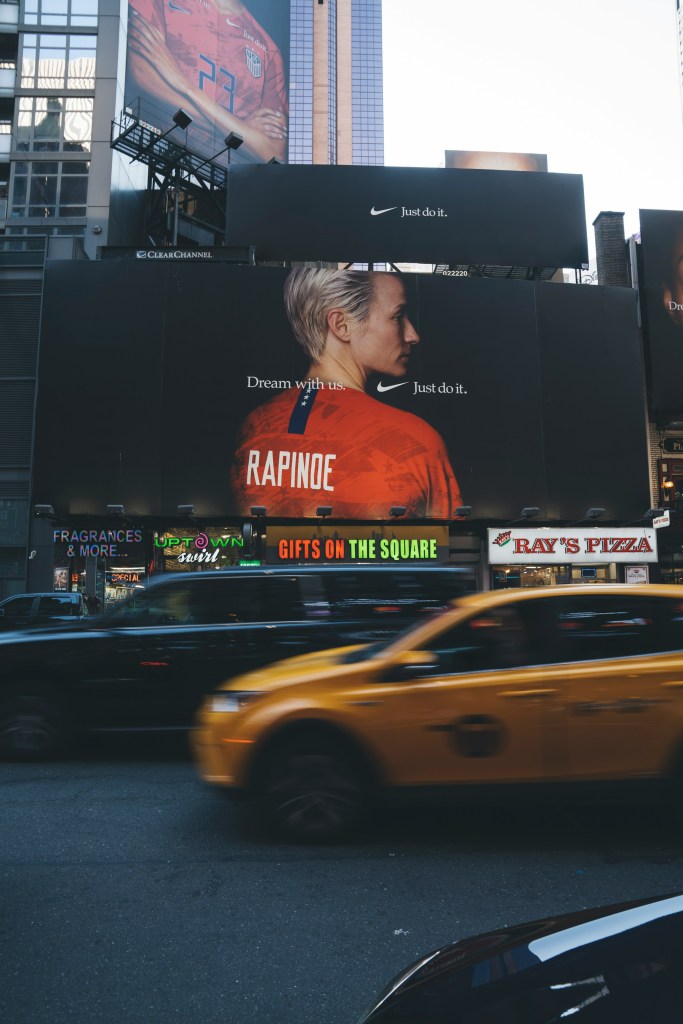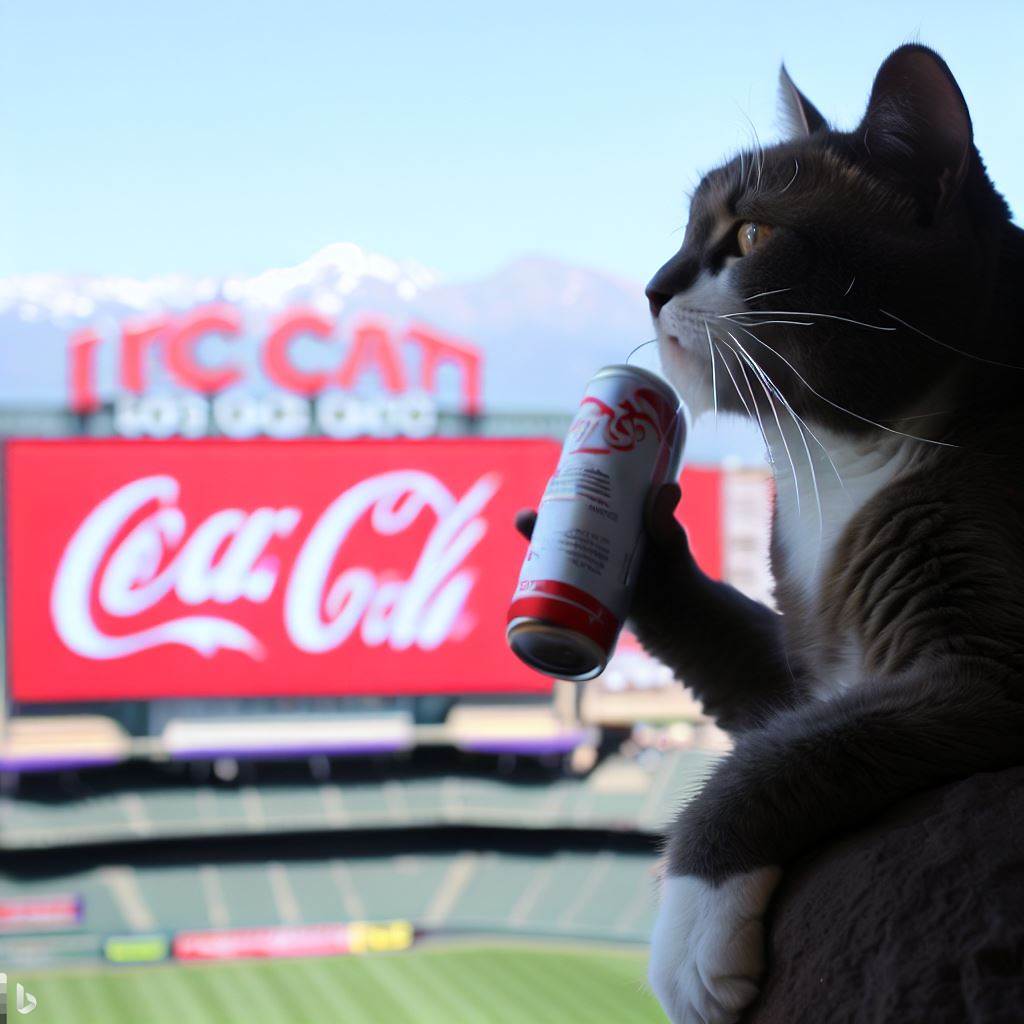
Promoting a magazine ad effectively involves a combination of strategic planning, creativity, and understanding your target audience.
Here are several ways to better promote a magazine ad for your brand or organization:
1). Targeted Placement: Ensure that your magazine ad appears in publications that are relevant to your target audience. Research the demographics, interests, and preferences of the readership of various magazines to select the ones that align best with your brand.
2). Eye-Catching Design: Create a visually appealing and attention-grabbing ad design. Use high-quality images, compelling headlines, and clear messaging that communicates your brand identity and value proposition effectively. Incorporate your brand colors and fonts to maintain consistency with your overall brand image.
3). Integrated Marketing Campaigns: Integrate your magazine ad promotion with other marketing channels for maximum impact. This could include digital advertising, social media promotion, email marketing, and events. Consistent messaging across all channels reinforces brand awareness and increases the likelihood of engagement.
4). Interactive Elements: Explore opportunities to incorporate interactive elements into your magazine ad, such as QR codes, augmented reality experiences, or unique calls to action that encourage readers to engage with your brand beyond the printed page.
5). Contests and Giveaways: Run contests or giveaways that are promoted through your magazine ad. Encourage readers to visit your website, follow your social media accounts, or visit your physical location for a chance to win prizes or exclusive offers. This creates buzz around your brand and encourages audience participation.
6). Strategic Timing: Consider the timing of your magazine ad placement to coincide with relevant events, holidays, or seasonal trends that are likely to resonate with your target audience. Tailoring your messaging to align with these occasions can increase the effectiveness of your ad campaign.
7). Trackable Metrics: Implement mechanisms to track the performance of your magazine ad campaign. Use unique URLs, promo codes, or custom landing pages to monitor traffic, conversions, and ROI. Analyzing these metrics allows you to assess the effectiveness of your promotion strategies and make data-driven adjustments as needed.
8). Partnerships and Collaborations: Explore partnerships or collaborations with other brands or influencers that share your target audience. Co-branded promotions or endorsements can help extend the reach of your magazine ad and tap into new customer segments.
9). Customer Testimonials and Reviews: Incorporate customer testimonials or reviews into your magazine ad to build trust and credibility with potential customers. Highlighting positive feedback and endorsements from satisfied customers can help validate your brand’s claims and influence purchasing decisions.
10). Consistent Brand Messaging: Ensure that the messaging in your magazine ad aligns with the overall brand messaging and values of your organization. Consistency across all touchpoints reinforces brand recognition and fosters a sense of trust and reliability among consumers.
By implementing these strategies, you can effectively promote your magazine ad and increase its impact on your target audience.










